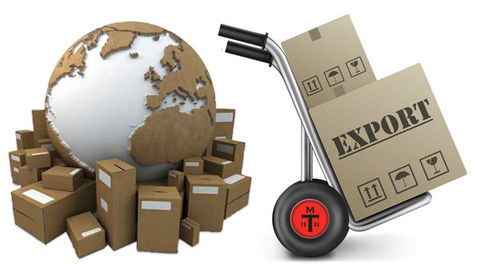EAC Certification of Products according to TR CU
NEED HELP WITH CERTIFICATION?
EAC Certification of Products according to TR CU: Ensuring Compliance for Export to the Customs Union Market

Exporting products to the Customs Union market requires compliance with the Technical Regulations of the Customs Union (TR CU). To ensure the conformity of your goods, it is essential to obtain the necessary certification documents. In this article, we will explore the process of EAC certification and provide valuable insights for exporters seeking to enter the Customs Union market.
When to Issue a Certificate, Declaration, or Other Document.
The type of document required for certification depends on the specific parameters of your product and its Harmonized System (HS) code. Certain products necessitate the issuance of a Certificate of Conformity (CoC), while others may require a Declaration of Conformity (DoC) or another relevant document. To determine the appropriate certification path, it is crucial to consult the corresponding TR CU and identify the classification of your product.
Key Stages of Certification.
The process of EAC certification typically involves several stages to ensure the compliance of your products with the TR CU requirements. Here are the primary stages:
- Document Review: Gather all the necessary documentation, including technical specifications, test reports, and quality management system certificates, if applicable.
- Product Testing: Depending on the product category, it may be necessary to conduct laboratory testing to verify its compliance with the relevant TR CU standards.
- Factory Audit: In certain cases, a factory audit may be required to evaluate the production process and quality control measures.
- Certification Decision: After reviewing the documents, test results, and audit findings, the certification body will make a decision regarding the issuance of the certification document.
- Issuance of Certification Document: If the product meets all the necessary requirements, the certification body will issue the appropriate certification document, such as a CoC or DoC.
Required Documentation.
During the certification process, specific documents are typically required. These may include:
- Technical passport or description of the product
- Test reports from accredited laboratories
- Quality management system certificates (if applicable)
- Manufacturing process documentation
- Operating manuals or instructions
- Other relevant technical documentation
It is important to ensure that all the required documentation is accurate, complete, and up to date to facilitate the certification process.
Certification Schemes.
There are different certification schemes available for obtaining the EAC certification. The most common schemes include:
- Scheme 1c: Full-quality assurance system assessment, involving factory audits and regular inspections.
- Scheme 2c: Type testing of product samples without regular inspections.
- Scheme 3c: Type testing of product samples with regular inspections.
The choice of the certification scheme depends on various factors, including the product category, production process, and volume of production.
Duration of Certification Process.
The duration of the certification process can vary depending on the complexity of the product and the chosen certification scheme. Typically, it takes several weeks to complete the certification process, but the exact timeline can be determined during the initial consultation with our experts at MASTCERT.
Consult Our Experts at MASTCERT.
Achieving successful certification requires expert guidance and accurate assessment. At MASTCERT, our team of experienced professionals specializes in EAC certification for the Customs Union market.
By clicking Submit, you agree to Fresh Consulting’s Privacy Policy.
COMPANIES WHICH TRUST MASTCERT
